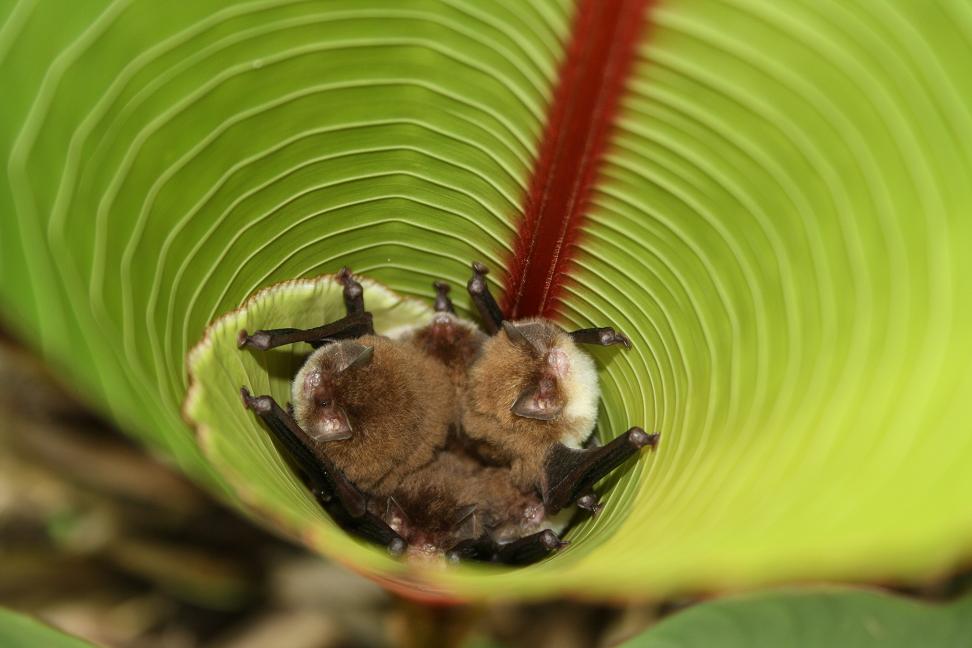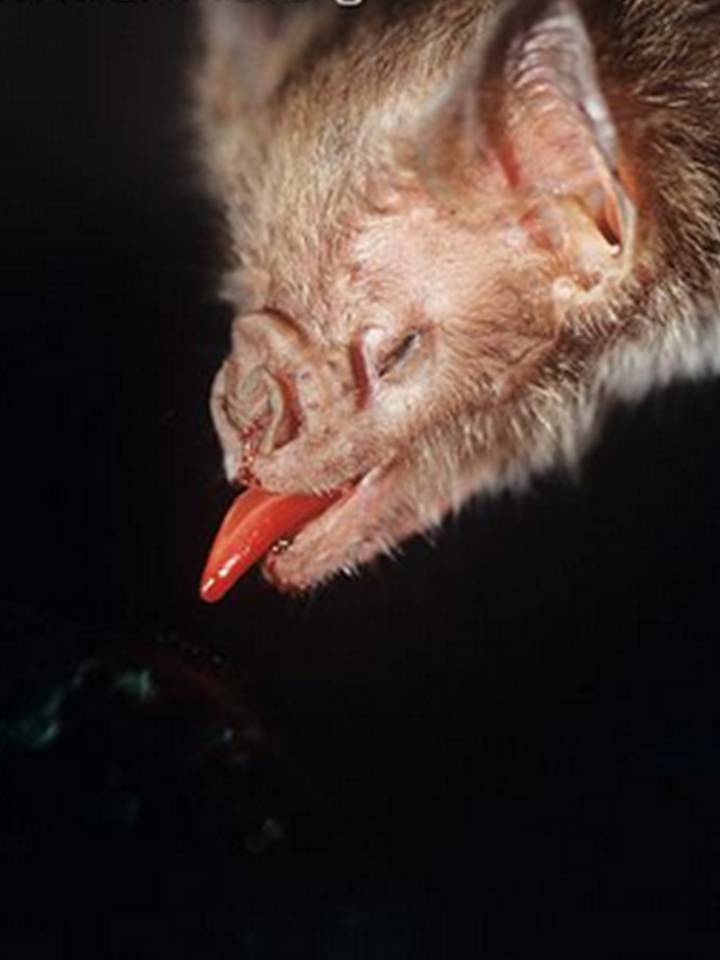When you buy through links on our site , we may realize an affiliate perpetration . Here ’s how it turn .
When it come to carrying viruses that can jump to other mintage — so - called " zoonotic " viruses — bat may be in a course of instruction of their own . The flying mammal are reservoirs for more than 60 virus that can taint humans , and horde more viruses per mintage than even gnawer do , new research shows .
" There seems to be something different about bats in terms of being able to hostzoonotic infections , " study investigator David Hayman , a wildlife epidemiologist at Colorado State University ( CSU ) , told LiveScience .

In recent years , cricket bat have received a lot of attending for their virus - host abilities . They ’ve been designate to carry a number of harmful infections , including rabies and viruses related to SARS ( severe intense respiratory syndrome ) . Moreover , research suggests cricket bat may be theoriginal hostsof nasty virus such as Ebola and Nipah , which get deadly brain feverishness in hoi polloi .
This telling track track record left Hayman and his colleagues wondering : Are bats somehow exceptional in their ability to host zoonotic computer virus ?
Bats vs. rodents

To determine out , the research worker compare the virus - hosting abilities of bats with those of rodents — which are also known to channel various zoonotic viral pathogens — by collect and analyzing databases of every computer virus identify in the animals . They found that rodents host 179 viruses , 68 of which are zoonotic ; bat , on the other hand , harbour 61 zoonotic computer virus , with 137 viruses in amount . Though rodents transmit slightly morehuman - infecting virus , bats host more zoonotic computer virus per species — on average , each bat metal money hosts 1.79 zoonotic viruses , compared with rodents ' 1.48 virus per coinage . [ 10 Deadly Diseases That Hopped Across Species ]
" It does n’t seem like a mountain , " said study co - author Angie Luis , a CSU disease ecologist . " But when you consider that there are twice as many rodent specie as there are at-bat specie , it ’s extremely substantial . "
The researchers also looked at different factors that could assist explain bats ' surprising zoonotic viral richness . One factor stood out : sympatry , in which multiple species of an order of being inhabit the same geographic area . Bat and rodent species were more potential to host multiple viruses if theirhabitat rangesoverlapped with the ranges of other bat and rodent species , severally . And though gnawer go through more range intersection than bats ( due to their greater identification number of specie ) , the effect of sympatry was almost four meter stronger for bats .

compare with rodent , " tally one more bat species to another squash racquet species ' range will have a greater burden on the number of viruses it has , " Luis told LiveScience . Essentially , bats divvy up their viruses more than rodent do , a fact that ’s especially evident when one examines the number of host species each computer virus has . Each bat computer virus , on average , infects 4.51 bat species , while each rodent computer virus infects only 2.76 rodent species . This greater sharing of viruses in all probability results because bats typically live in very skinny quarters with meg of other bats , Luis said . Physical and genetic similarities between different squash racket species may also help the viruses spread more easy .
In addition to sympatry , sure lifespan - history traits appear to impress the number of viruses a cricket bat coinage has . Bat species that live longer , have great body masses , smallerlitter sizesand more litter per year tend to host more zoonotic viruses , the scientist found .
Public wellness concern ?

" I think it ’s a very interesting subject field , the first of its sort , " said Jamie Childs , azoonotic disease epidemiologist at Yale University , who was not ask with the inquiry . " It confirms in many way the importance of bat as reservoirs for virus . "
But while the study is a good first footmark , it " vastly underestimated the bit of virus bats host , " Childs told LiveScience . Recent research look at squash racquet guano suggests there are a phone number of viral agents we do n’t have much information on , he said . [ bantam & Nasty : Images of thing That Make Us Sick ]
underestimate or not , the sketch highlights the public health concern of at-bat virus , Childs said . Though humans do n’t often come into verbatim contact with chiropteran , they can get their viruses through contact with septic domesticated creature , including horses , cattle and qat . The majority of human hydrophobia outbreak have been linked back to chiropteran , and transmission of the Nipah and Hendra virus have result in heavy outbreaks with lots of fatality , he said . Even outbreak of the Ebola and Marburg viruses , which do n’t often toss off a lot of multitude , catch the attention of the worldwide biotic community .

But is there anything we can do to forestall succeeding outbreaks of bat viruses ?
Childs does n’t think so , give how the infections spread and the routine of different metal money the viruses can climb up to . " It ’s very hard to control the emergence of these infection with mankind , " he said .
Hayman , on the other hand , thinks that learn the interactions between bats , humans and domesticated creature could be helpful . " We should to be looking at what we are doing to make bats come into contact with humans and domestic animate being , and attempt to palliate that , " he say .

The field of study was published online recently in the journal Proceedings of the Royal Society B.
Correction : This article was updated on Sept. 10 , 2013 , to correct the definition of " zoonotic . "













